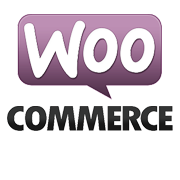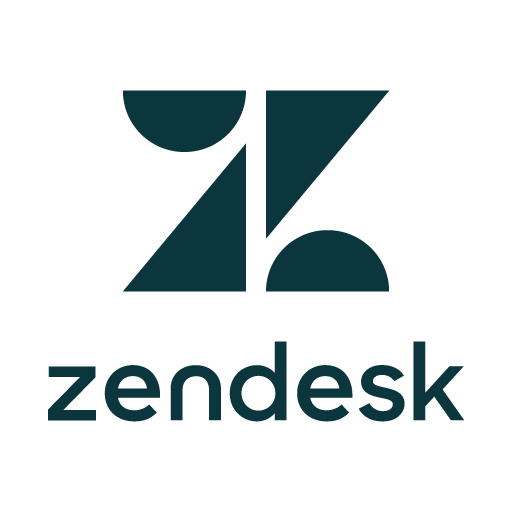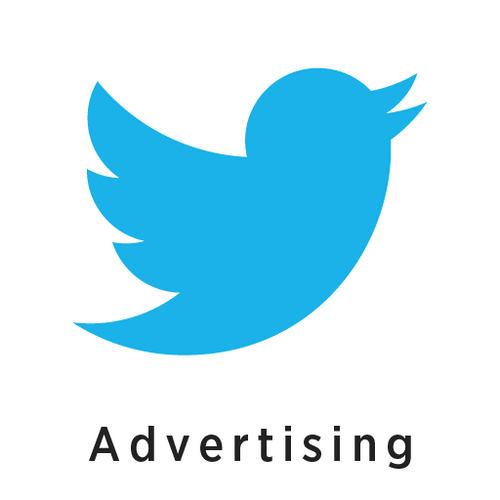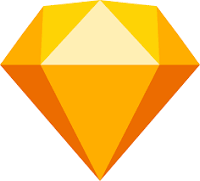How Four Friends Started The #1 Mattress Company In France
Hello! Who are you and what business did you start?
I am the founder of Tediber. Tediber is the leading Bed-in-box company in France. Tediber now sells mattresses, pillows, duvets, baby mattresses, and bed frames online in France, Italy, and Spain.
Many of you might know Casper - we started with the same business model of a bed-in-box mattress delivered right to your door, but it’s manufactured in Belgium. Our product also fits the French expectations for bedding which is very different from American or English beds.
We started 3 years ago and in 2018 we have done a total of 15m€ revenues.

What's your backstory and how did you come up with the idea?
Juan Pablo and Jean-Christophe (2 of my now 3 co-founders) started our first company right...

Download the report and join our email newsletter packed with business ideas and money-making opportunities, backed by real-life case studies.

Download the report and join our email newsletter packed with business ideas and money-making opportunities, backed by real-life case studies.

Download the report and join our email newsletter packed with business ideas and money-making opportunities, backed by real-life case studies.

Download the report and join our email newsletter packed with business ideas and money-making opportunities, backed by real-life case studies.

Download the report and join our email newsletter packed with business ideas and money-making opportunities, backed by real-life case studies.

Download the report and join our email newsletter packed with business ideas and money-making opportunities, backed by real-life case studies.

Download the report and join our email newsletter packed with business ideas and money-making opportunities, backed by real-life case studies.

Download the report and join our email newsletter packed with business ideas and money-making opportunities, backed by real-life case studies.


































